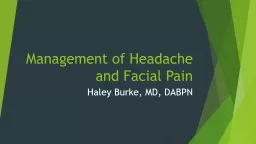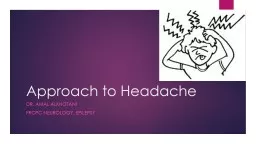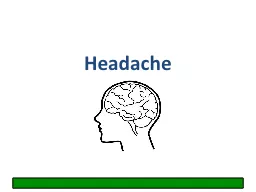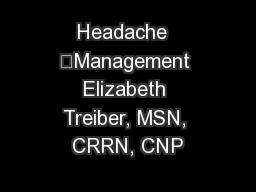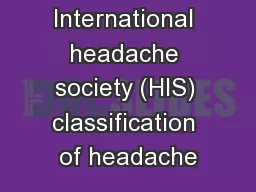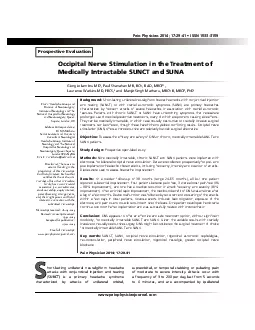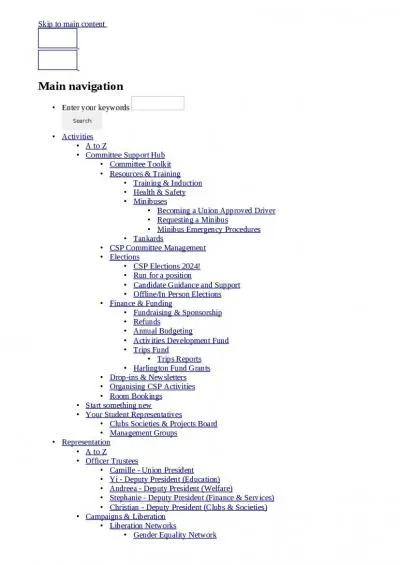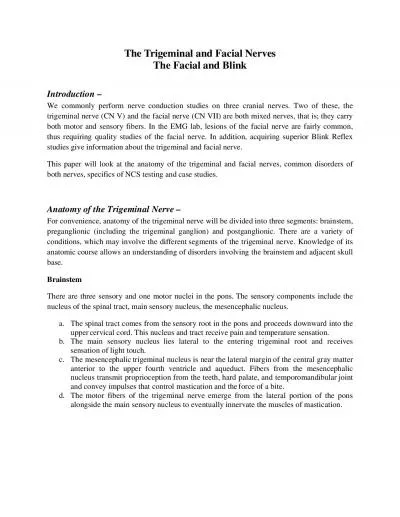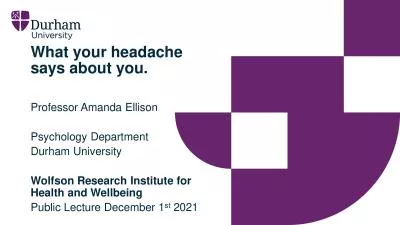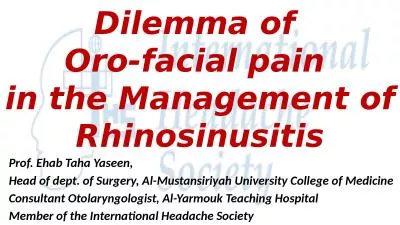PPT-Management of Headache and Facial Pain
Author : celsa-spraggs | Published Date : 2019-06-29
Haley Burke MD DABPN Historical Perspective Trepanation has been found on skulls from 7000 BC Earliest surgical procedure for which archeological evidence exists
Presentation Embed Code
Download Presentation
Download Presentation The PPT/PDF document "Management of Headache and Facial Pain" is the property of its rightful owner. Permission is granted to download and print the materials on this website for personal, non-commercial use only, and to display it on your personal computer provided you do not modify the materials and that you retain all copyright notices contained in the materials. By downloading content from our website, you accept the terms of this agreement.
Management of Headache and Facial Pain: Transcript
Download Rules Of Document
"Management of Headache and Facial Pain"The content belongs to its owner. You may download and print it for personal use, without modification, and keep all copyright notices. By downloading, you agree to these terms.
Related Documents

